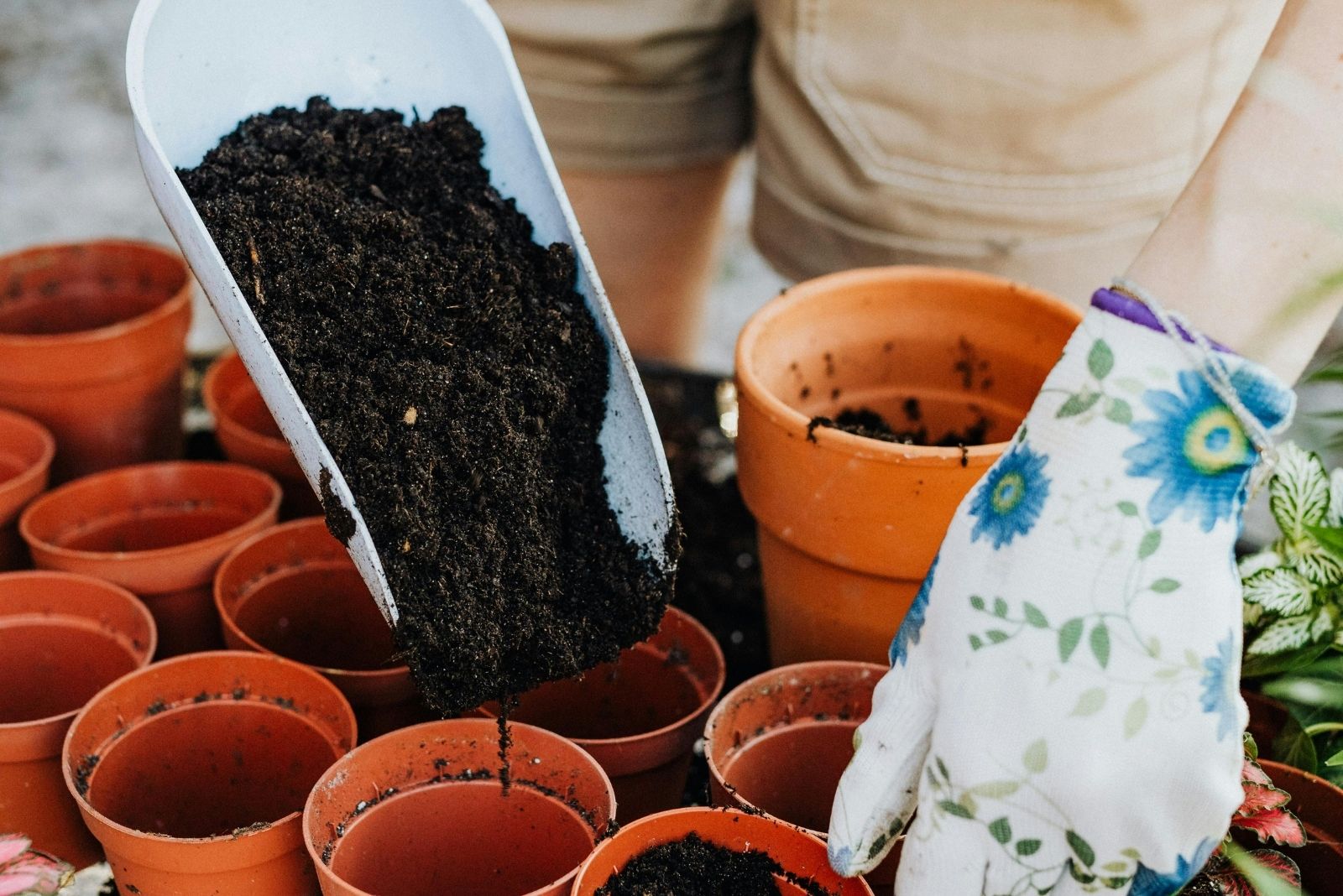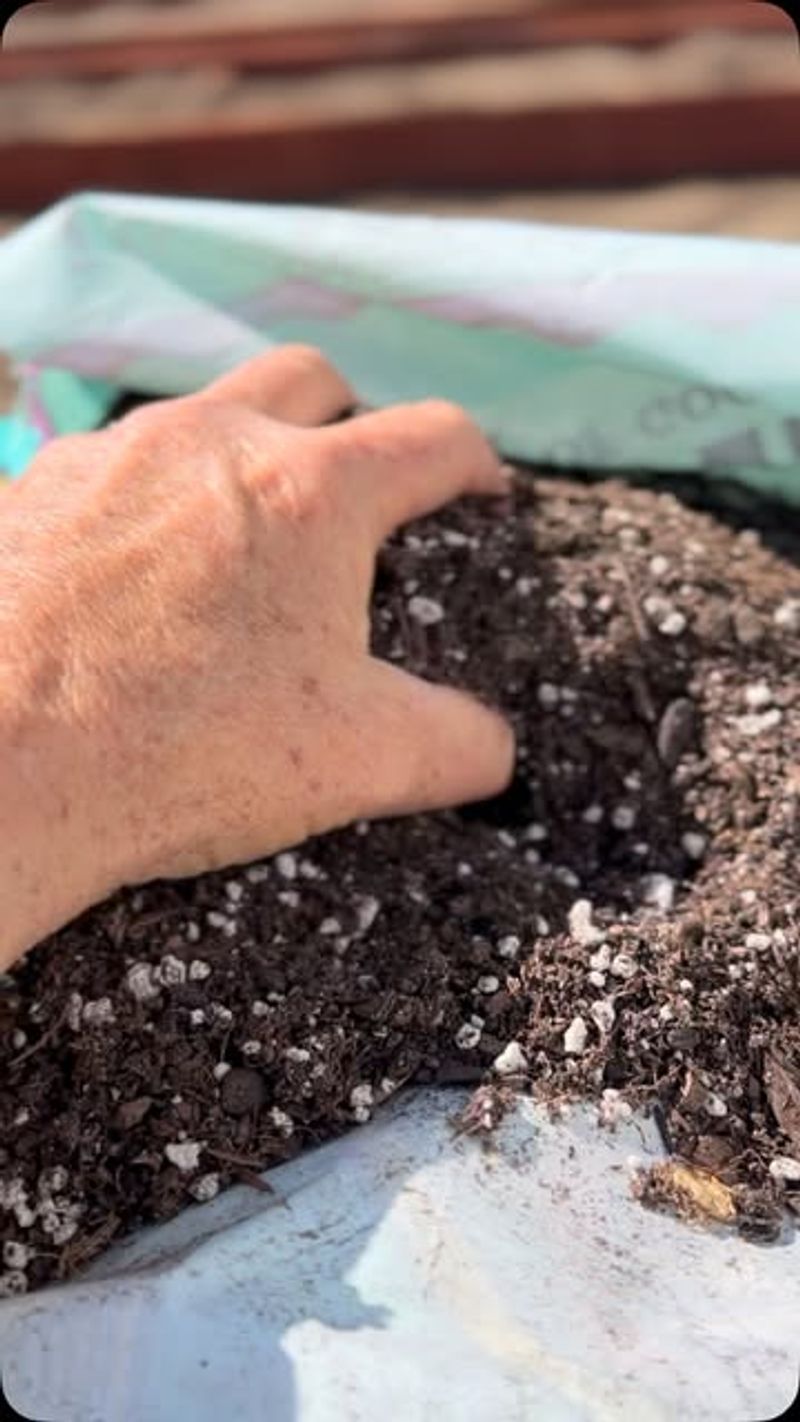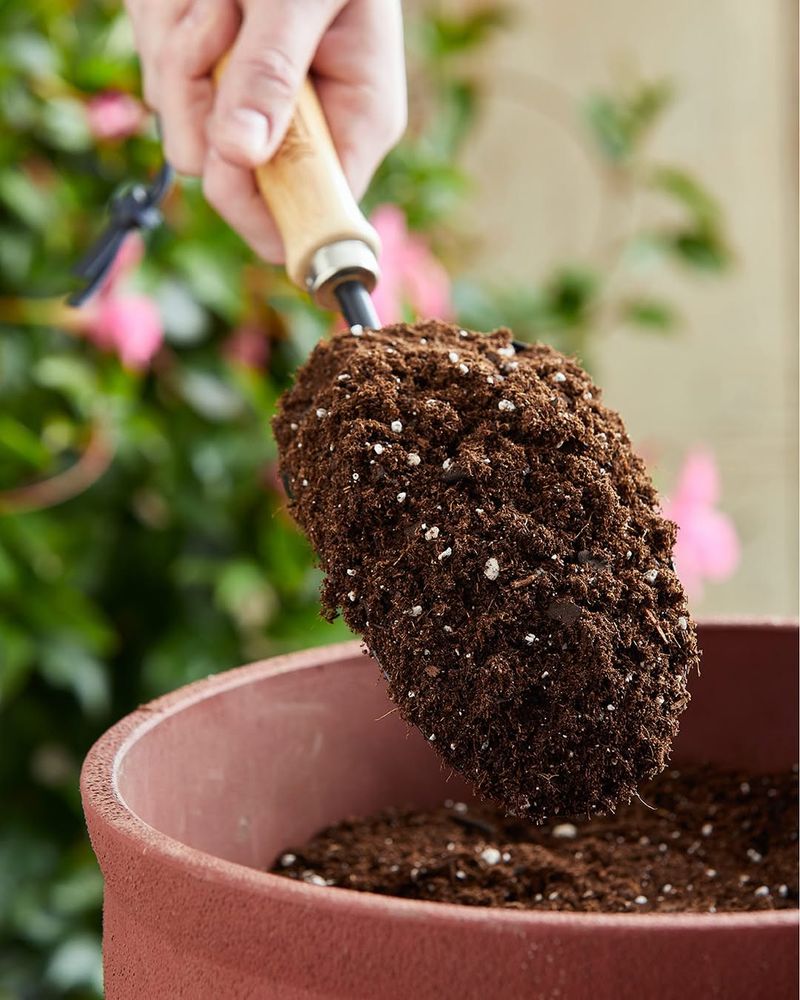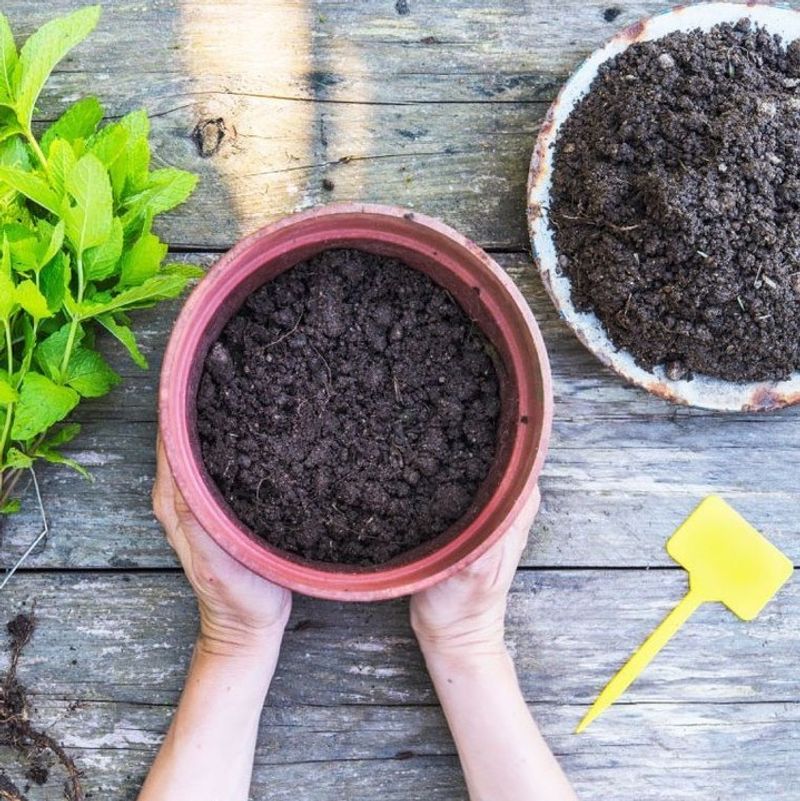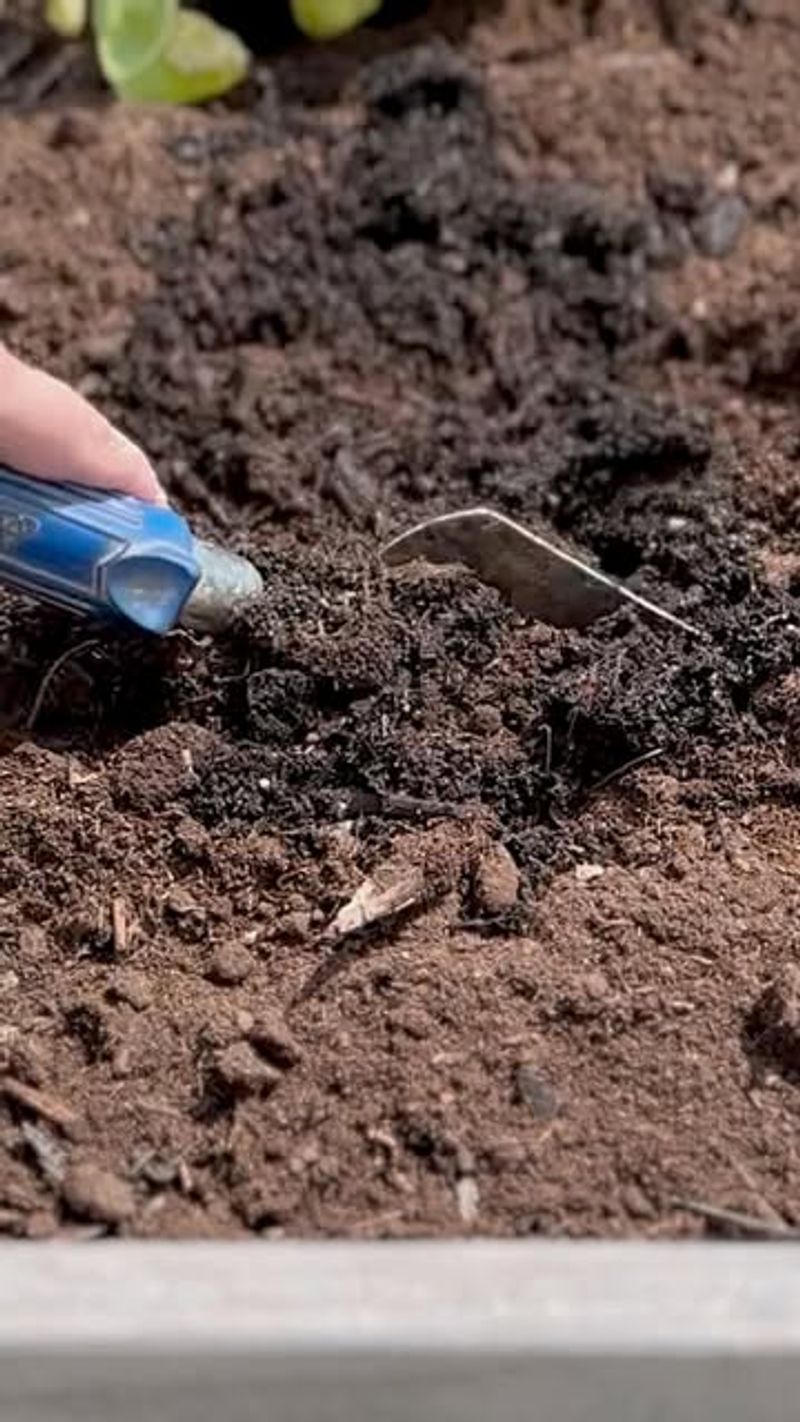Fall cleanup in Colorado often leaves gardeners staring at tubs of old potting soil, unsure what to do. Tossing it feels wasteful—but keeping it could mean trouble when spring rolls around.
Used soil might carry pests, diseases, or just lack the nutrients your plants need to thrive. But with a little know-how, you can refresh it instead of sending it to the landfill.
I’ve found that smart soil decisions now can save you money and boost your garden’s health later. It’s all about knowing when to reuse, when to amend, and when to let it go.
1. Check For Signs Of Disease Or Pests First
Before deciding anything, grab a handful of that old soil and really look at it. White fuzzy growth, strange smells, or tiny bugs crawling around are red flags that mean the soil needs to go straight into the trash—not your compost pile.
Colorado’s dry climate helps, but diseases and pests can still overwinter in containers. If your plants struggled with issues like root rot or aphids during the growing season, the soil likely harbors those problems.
Healthy-looking soil from thriving plants, however, can absolutely be saved and refreshed for another year of growing.
2. Refresh And Amend Tired Soil For Better Results
Old potting mix loses nutrients and structure after a season of supporting plant growth. Roots take up everything good, leaving behind compacted material that drains poorly.
Mix in fresh compost, perlite, and a balanced slow-release fertilizer to bring that soil back to life. Colorado gardeners often add extra perlite since our low humidity means containers dry out quickly, and improved drainage helps prevent waterlogged roots.
Aim for about one-third new material to two-thirds old soil. This blend gives you quality growing medium without the expense of buying entirely new bags.
3. Store It Properly Through Colorado’s Cold Months
You’ve decided to save your soil—great choice! Now keep it in sealed containers or heavy-duty bags to prevent moisture from sneaking in during winter.
Wet soil can freeze solid in Colorado’s harsh winters, creating clumps that are difficult to break apart come spring. Dry storage also prevents mold growth and keeps curious critters from making homes in your potting mix.
A garage, shed, or covered porch works perfectly. Just make sure the containers stay dry and the lids fit tightly until you’re ready to plant again in late spring.
4. Sterilize Soil If You’re Worried About Pathogens
Some gardeners prefer playing it extra safe by sterilizing saved soil before reusing it. Heat kills lingering disease spores, weed seeds, and insect eggs that might cause trouble later.
Spread moistened soil on baking sheets and heat it in your oven at 180-200°F for about 30 minutes. The smell isn’t pleasant, but it’s effective.
Alternatively, solar sterilization works during Colorado’s sunny fall days—seal soil in black plastic bags and leave them in direct sunlight for several weeks. This step takes effort but guarantees a clean slate for your spring containers.
5. Know When Tossing Makes More Sense Than Saving
Sometimes the smartest move is simply starting fresh. Soil from diseased plants, heavily root-bound containers, or mixes that smell sour should hit the garbage, not your garden.
If you grew tomatoes or peppers that suffered from blight, don’t risk spreading that nightmare to next year’s crop. Colorado’s short growing season means every plant counts, so investing in new, sterile potting soil for certain crops makes sense.
Save your energy for refreshing healthy soil, and eliminate anything questionable without guilt. Your spring plants will thank you with stronger growth and fewer headaches.
6. Consider The Quality And Age Of Your Potting Mix
Not all potting soil ages the same way, and quality matters when deciding whether to keep or toss yours. If your mix is only one season old and your plants thrived without major pest or disease problems, you have a great candidate for reuse. Fresh potting soil contains plenty of organic matter and nutrients that break down slowly over time.
However, soil that has been used for multiple seasons might be completely exhausted. The organic components compress and break down, leaving behind dense material that drains poorly and lacks nutrition. You’ll notice it looks darker, feels heavy, and may even smell sour or musty.
Colorado’s dry climate can also cause salt buildup from fertilizers and hard water, creating white crusty deposits on soil surfaces. These salts can harm tender plant roots come springtime if not addressed properly.
7. Blend Old Soil With Fresh Amendments For Best Results
Stretching your gardening budget becomes easy when you learn to revive tired potting mix instead of throwing it away. Start by breaking up any compacted clumps and removing old roots, dead plant material, and debris that might harbor problems.
Mix your cleaned old soil with equal parts fresh potting mix or compost to restore nutrients and improve texture. Adding perlite or vermiculite helps drainage, which is especially important since Colorado soil tends to be heavy and clay-like.
Store your refreshed mix in sealed containers or heavy-duty bags in your garage or shed where it stays dry through winter. Come spring, your rejuvenated soil will be ready for planting at half the cost.

